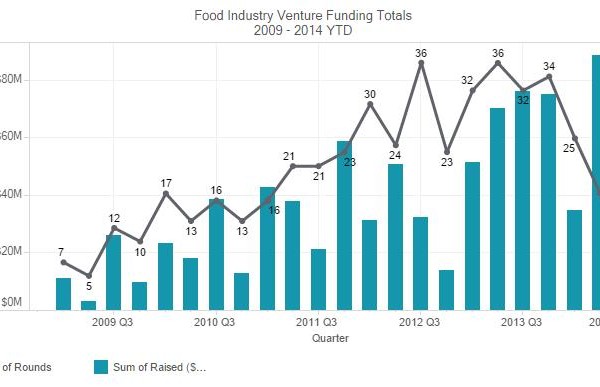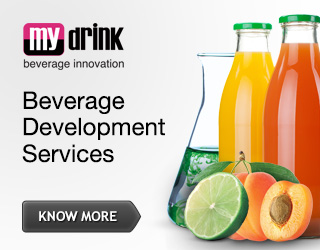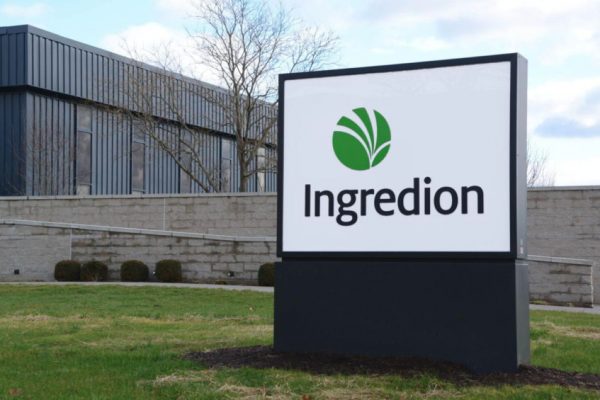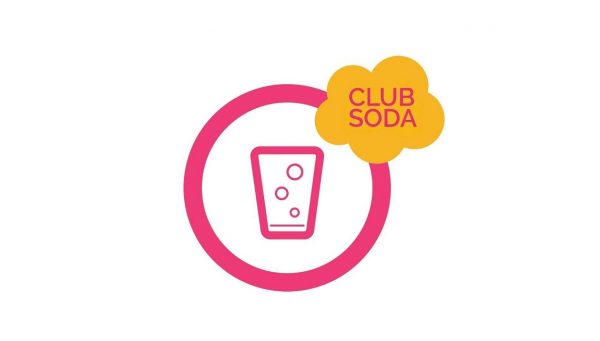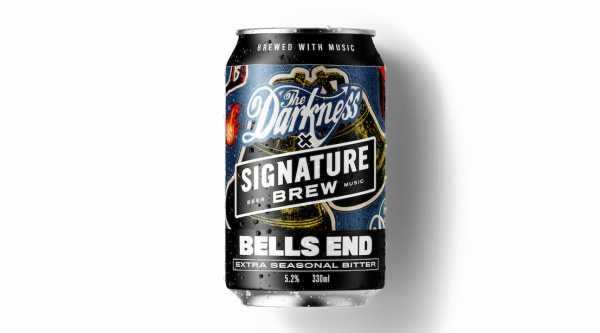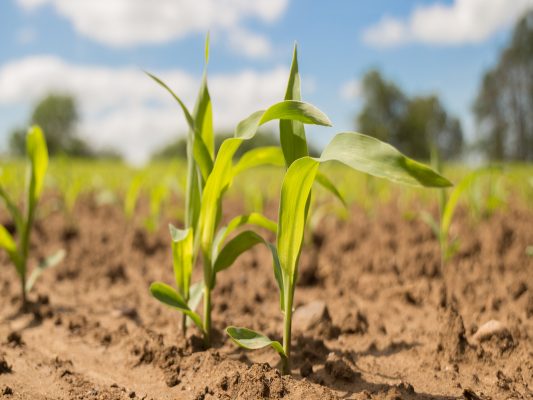How To
How To Keep Your Beverage Business Going No Matter What
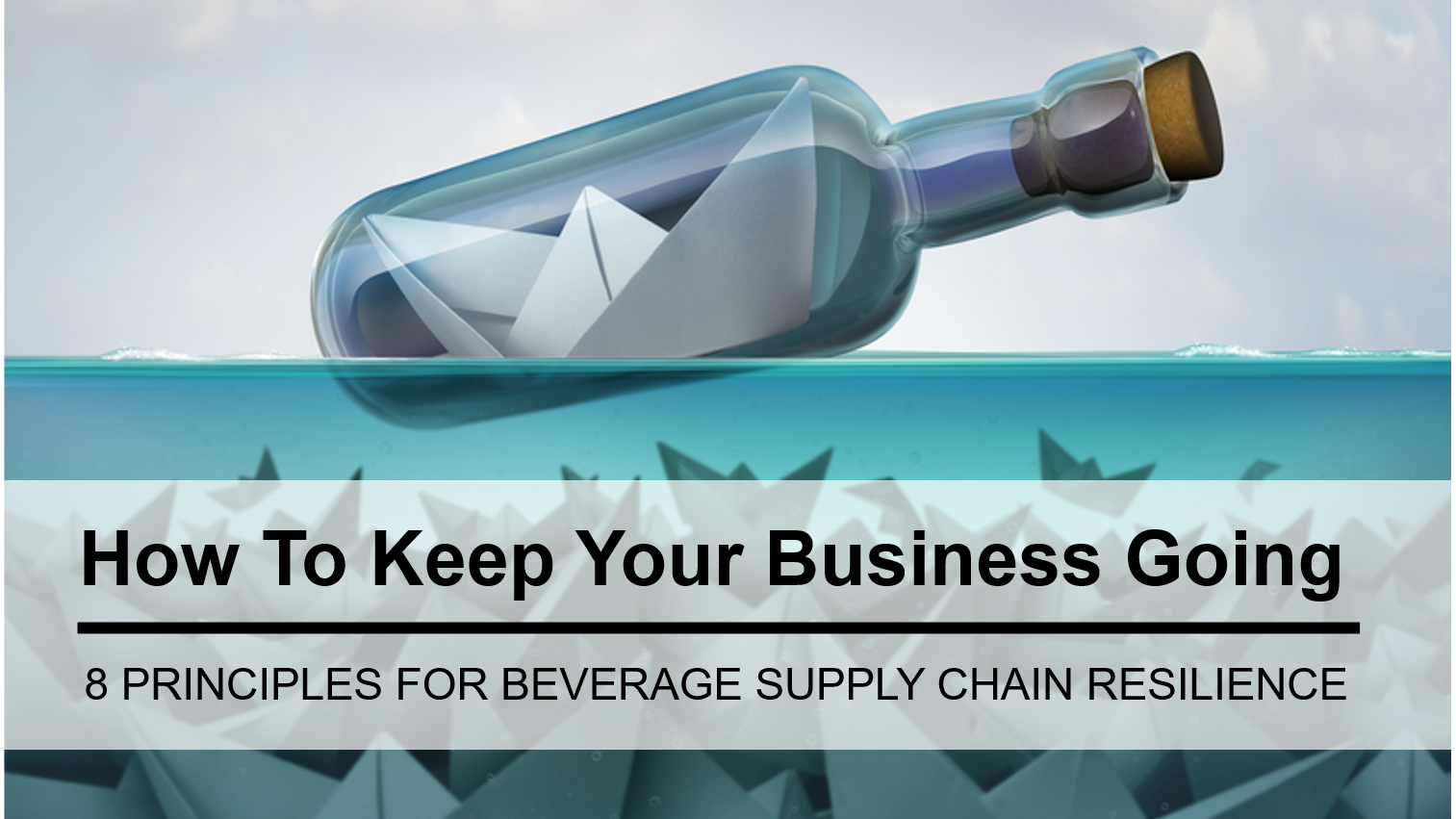 COVID-19 is shining a spotlight on how vital and interconnected our global supply chains are. Exports from China have declined to all regions across the world. In Europe, industries like agriculture that rely on workers from abroad, are feeling a significant impact from slowed labor mobility. And a survey by the Institute for Supply Chain Management in March found that nearly 75% of U.S. businesses had experienced supply chain disruption as the result of the COVID-19 outbreak.
COVID-19 is shining a spotlight on how vital and interconnected our global supply chains are. Exports from China have declined to all regions across the world. In Europe, industries like agriculture that rely on workers from abroad, are feeling a significant impact from slowed labor mobility. And a survey by the Institute for Supply Chain Management in March found that nearly 75% of U.S. businesses had experienced supply chain disruption as the result of the COVID-19 outbreak.
Smart and proactive supply chain management is particularly important in the beverage industry as companies contend with volatile commodity pricing, inventory quality and safety requirements, complex manufacturing constraints, and product perishability.
While it’s unlikely that any business will remain unaffected by the impact and aftermath of the 2020 pandemic, some companies will fare better than others due to their supply chain perspectives and practices. The principles below will help you foster beverage supply chain resiliency in good times and bad.
1. Create A Clear and Comprehensive Picture of Your Supply Chain
The first step to gaining and keeping control of all the elements of your supply chain is knowing what they are. Mapping out your supply chain means having all of the data from every supplier and partner you rely on to create, package, store, and distribute your beverage. Only when you have the complete picture, can you start to see areas of potential disruption and create an effective plan to respond. External factors like the geographic location of suppliers as well as metrics like inventory levels and lead times, and even the details of contracts and agreements, need to be organized and visible so that you can analyze risks and opportunities quickly and efficiently.
2. Plan for “What Ifs”
The beverage companies who make disruption and scenario planning a regular business practice are more empowered and prepared to make critical decisions during times of crisis. The threat of the Y2K bug, a computer coding problem that was projected to take computers and networks down at the beginning of the year 2000, forced many businesses to think through scenarios they had not considered before. The most well-prepared companies regularly work through the exact steps they would take to address everything from natural disasters and pandemics, to product recalls, transportation failures, and significant price inflation.
The advantage of imagining the worst-case scenario for your beverage brand will help you to work through your options while you have the time and space to strategize and collaborate. When an actual disaster hits, you usually don’t have that luxury.
I worked with a brand that walked through a mock product recall just months before it received notice of an E. coli contamination. Within just a few short days, they were able to get their hands on every product because of their planning during the practice recall.
According to an Institute for Supply Chain Management survey, more than 44% of companies who responded do not have a plan in place to address supply disruptions from China. Of those, 23% reported current disruptions.
With the increasingly global and complex risk environment surrounding beverage supply chains, beverage businesses must examine as many “what-if” scenarios as possible to be adequately prepared to keep their operations stable now and in the future.
3. Keep A Close Eye on Inventory
During a crisis, having a clear picture of your inventory is essential. With potential material shortages and shipping delays, you need to be able to quickly and easily know what you’ve ordered, and when it will be delivered. You need to stay in contact with suppliers to track which materials you can replenish and which items you might not be able to purchase so you can place orders strategically. Tracking your inventory closely and consistently helps you optimize your orders, plan production more strategically, and avoid tying up valuable resources unnecessarily.
4. Identify Backups
Relying solely on one supplier for a crucial part of your beverage can enhance your risk of supply chain disruption during a disaster. For every critical component of your product, you should have a current list of what supply options are available, including an understanding of how the cost and lead times of switching to a different supplier would impact your business. It’s also important to qualify any backup suppliers. Ensure that a transaction has taken place, and that you’ve formed relationships across the organization. You should be able to easily verify that the right material has been used and meets specifications, delivery has been completed, and any issues have been noted and resolved.
If you identify an area where there are not viable options for switching suppliers, it may be prudent to invest in holding emergency stock or having a secondary formula approved and ready to go in case the need arises.
5. Communicate Openly and Often
The more information you and your suppliers share, the better you can operate together to overcome obstacles and keep your beverage business moving forward. Stay in close and frequent contact with suppliers about things like inventories, timelines, and the actions you are both taking to prepare. Outline your plans and expectations as clearly as possible and keep your partners informed as things change on your end, so they are ready to offer solutions and ideas.
6. Set Clear Standards for Quality
No matter the external conditions, product quality remains a central focus for beverage industry leaders. An extensive Neilson study on premiumization found that 49% of consumers were willing to pay a premium for products with high-quality assurances and verifiable safety standards. Having a robust and integrated plan for quality ensures you don’t layer quality issues on top of the other concerns your brand may face during a crisis.
7. Monitor Your Financial Models
Having a thorough grasp of your beverage’s financial picture will help you stay proactive in managing your cash flow and liquidity. During a crisis, access to cash and credit give you flexibility and options for taking action. Understanding your cost of goods sold, and short-term and long-term financial needs and commitments prepares you to make quick and informed decisions to manage both your supply chain and the financial health of your beverage company.
8. Seek Out Support
Optimizing your beverage’s supply chain is a hefty challenge. As you wade through options to make the decisions that will significantly impact the success of your beverage, it is helpful to have a sounding board of individuals who understand the industry and have your best interests at heart. Whether it’s a peer group, advisor, or consultants, engaging a team with different perspectives and backgrounds can help you avoid blind spots and make more informed and strategic supply chain decisions.
An optimized and resilient supply chain can serve as a source of stability during a crisis, becoming a source of competitive advantage that will strengthen your beverage business in the long run.
Original article was published in Beverage Industry Blog.

